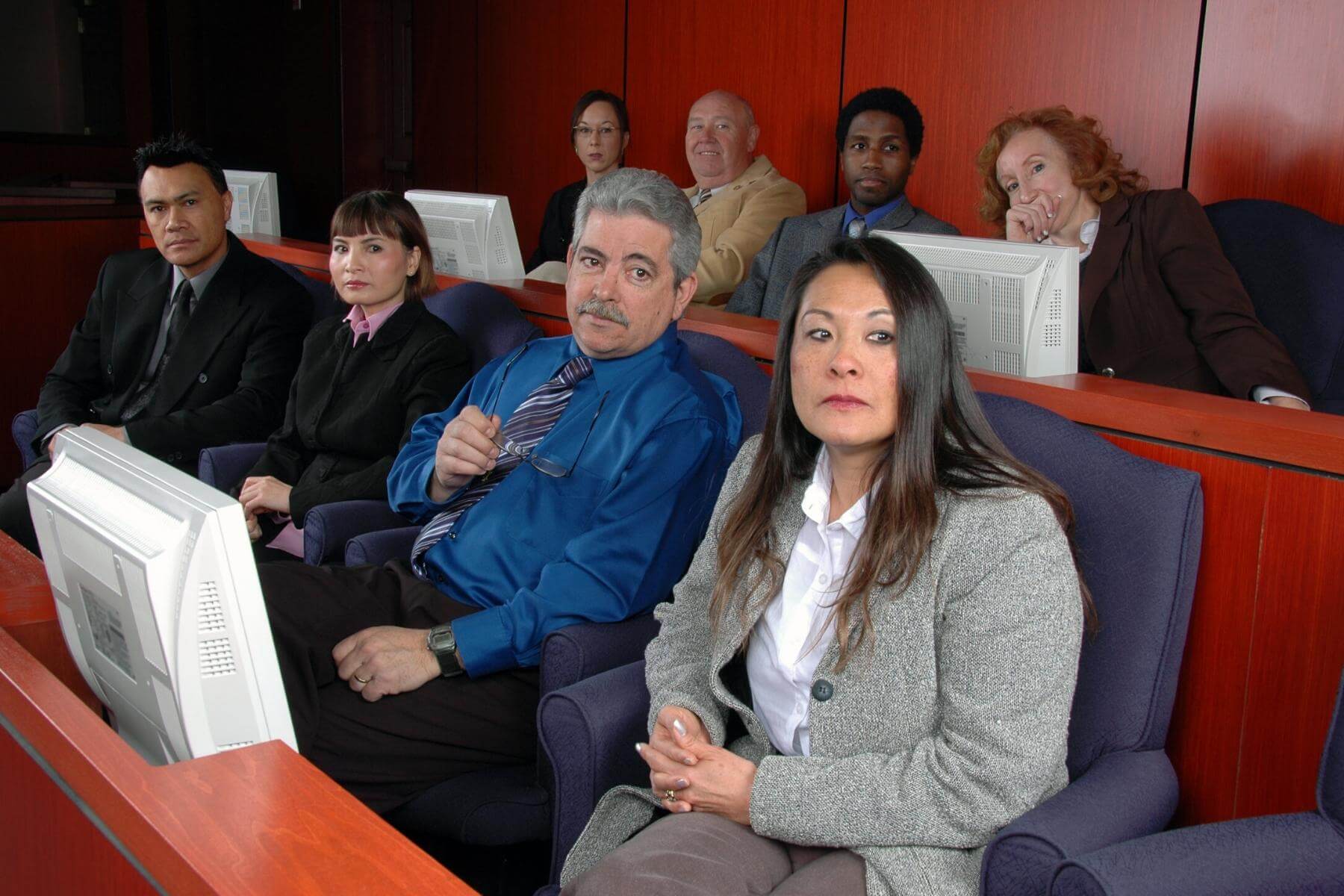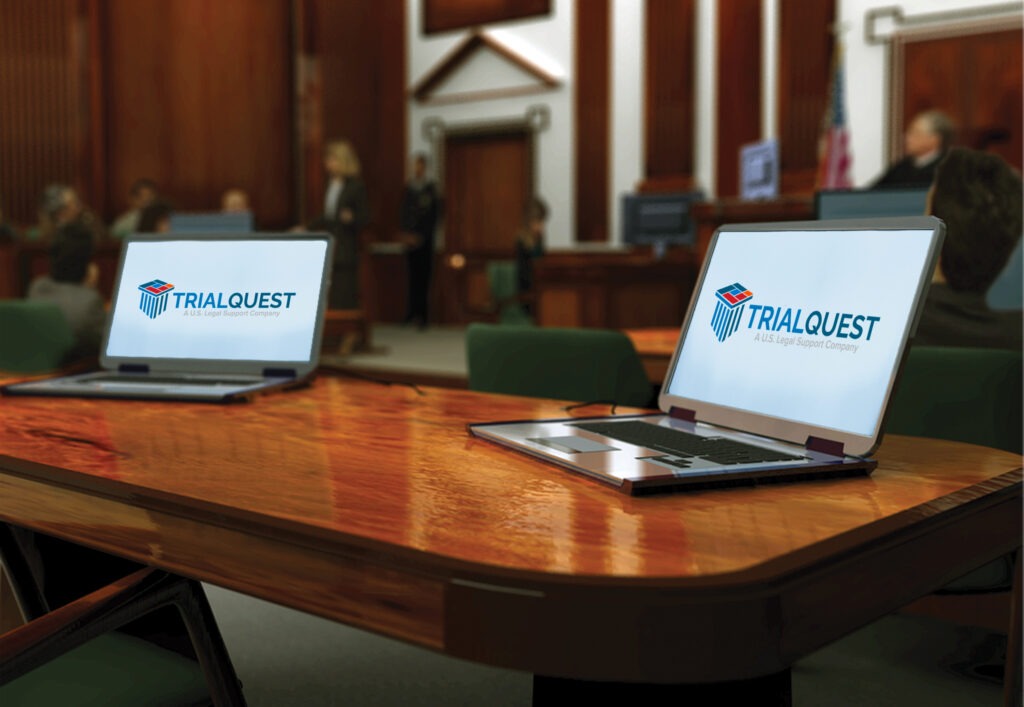Advanced trial presentations make evidence presentation seamless.
Advanced trial presentations make evidence presentation seamless.
Blog Article
Discover the Relevance of Trial Presentations for Effective Legal End Results
In the realm of lawsuits, the efficiency of trial discussions can frequently be the decisive element in safeguarding desirable legal results. As we check out the crucial components of impactful test discussions, one have to think about how these aspects intertwine to affect the final verdict.
Comprehending Trial Presentations
Understanding test discussions is essential for lawful professionals looking for to properly share their debates and evidence to a jury. A test discussion serves as a vital device in the courtroom, transforming intricate legal principles and situation information into a coherent narrative that jurors can quickly comprehend - trial presentations.
Additionally, the framework and delivery of a test discussion can influence juror understandings and decision-making. Efficient discussions use a mix of narration, visuals, and convincing methods to engage jurors and maintain their attention throughout the test. This calls for careful preparation and prep work, as each component has to align with the situation technique and goals.
On top of that, understanding the mental elements of juror habits is necessary in crafting a successful test presentation. Attorneys need to think about how jurors analyze information, respond to sob stories, and form predispositions. By dealing with these factors, lawyers can produce presentations that reverberate with jurors, inevitably assisting in the quest of justice.
Crucial Element of Efficient Discussions
Effective trial presentations rest on a number of essential aspects that jointly improve their performance. Firstly, clarity is vital; legal disagreements should be expressed in a simple way, preventing jargon that might perplex the jury. Presenters ought to structure their arguments realistically, guiding the target market via the story in a coherent series.

Visual aids likewise play an essential function in efficient discussions. Well-designed slides, graphes, and graphics can aid distill complicated info and reinforce key points, making them much more memorable. Additionally, the usage of storytelling methods can involve the jury emotionally, creating a connection that goes beyond simple realities.
An additional important aspect is the speaker's shipment design. Self-confidence, excitement, and ideal body language can considerably influence how the message is received. Practicing effective eye call and singing variant keeps the jury conscientious and bought the presentation.

Impact on Court Understanding
The influence of test presentations on court perception is profound, as the way info is shared can dramatically affect jurors' analyses and decisions. Jurors are charged with examining intricate information and making determinations based upon proof provided during the trial. Efficient presentations that make use of clear visuals, compelling stories, and organized content can improve jurors' understanding and retention of essential facts.
Furthermore, the emotional tone and delivery of the presentation play an important role in forming jurors' perspectives. Presentations that reverberate psychologically can develop empathy and link, persuading jurors toward the lawyer's perspective. On the other hand, an inadequately structured or excessively technological discussion can result in confusion and disengagement, resulting in unfavorable understandings of the instance.
Additionally, jurors often rely upon non-verbal hints, such as body movement and eye call, which can influence their count on the presenter - trial presentations. Attorneys must be acutely aware of how their presentation design can either enhance or undermine their arguments. In summary, well-executed trial presentations are necessary for directing jury perception and inevitably affecting the result Going Here of lawful process
Techniques for Engaging Narration
Crafting an engaging narrative is vital for involving storytelling in the court room. A reliable story needs to reverberate with jurors on an emotional level while plainly describing the facts of the instance. Beginning by establishing a solid main motif that envelops the essence of the disagreement. This style serves as an assisting string throughout the presentation, assisting jurors make connections and keep information.
Using personality development is vital; humanizing the parties included enables jurors to empathize with their experiences. Introduce key numbers early, providing context and history to make them relatable. In addition, using a clear framework-- beginning with an interesting intro, complied with by an efficient body, and wrapping up with a powerful resolution-- makes sure the narrative circulations rationally and maintains juror interest.
Integrating vibrant imagery and detailed language can even more improve the story, producing mental images that make the realities much more unforgettable. Ultimately, the use of rhetorical questions can prompt idea and representation, prompting jurors to actively involve with the story. By using these techniques, lawyers can produce stories that resonate deeply, eventually affecting the jury's decision-making process.
Enhancing Evidence With Visual Help
While presenting proof in a trial, the assimilation of aesthetic aids can significantly boost comprehension and retention amongst jurors. Aesthetic aids, such as graphes, graphs, pictures, and video clips, serve to make clear complex info and create a more appealing story. By showing key factors, these devices aid jurors to draw links in between evidence and the situation's overarching motifs.
Additionally, visual aids can streamline detailed details that might otherwise bewilder or confuse the court. For instance, a timeline can efficiently display the sequence of events, while a diagram can show partnerships or interactions between events entailed in the case. This quality promotes better understanding and facilitates informed deliberation.
The critical use of aesthetic help additionally take advantage of the visual discovering choices of lots of jurors, making the here investigate this site and now evidence extra relatable and remarkable. When jurors can imagine realities, they are a lot more likely to retain critical information, leading to better-informed verdicts.
Inevitably, efficient test discussions that include her explanation visual help not just reinforce the instance yet also encourage jurors to involve proactively in the judicial process, assisting in even more fair legal results. In summary, enhancing proof with visual help is a critical strategy for effective trial discussions.

Conclusion
In summary, test discussions serve a vital feature in the lawful procedure by converting intricate lawful disagreements right into relatable narratives for juries. Reliable presentations, characterized by organized narration and aesthetic help, dramatically enhance juror understanding and retention of information. By influencing jury assumption, well-crafted discussions ultimately contribute to much more favorable lawful outcomes. The critical use of these methods emphasizes the importance of trial discussions in the pursuit of justice and effective advocacy within the courtroom.
Report this page